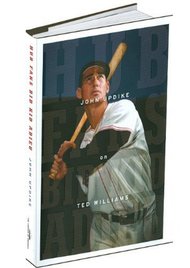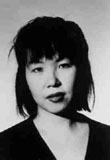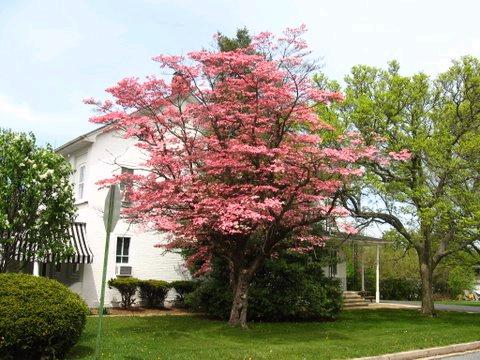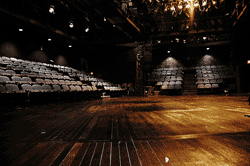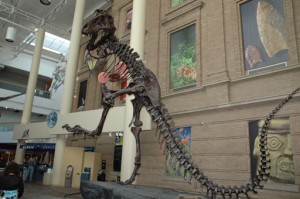This poem by Evelyn Lau was published in the The Malahat Review 171 (Summer 2010), which was released in September and reprinted here by permission of both the author and the review:
Updike Redux
Rain is grace; rain is the sky condescending to the earth.
—John Updike, “A Soft Spring Night in Shillington”
~
The sound of rain made you happy almost to tears.
Here, it’s November again. Lightning in the night,
the neighbor’s coughing through the drywall,
the tinny sounds of late night TV.
I try to remember gratitude, the wonder you felt
as a boy crouched under a wicker chair
on a porch in Shillington, storm showers falling
all around you like a benediction.
Is it possible we never met?
Perhaps your sleeve brushed mine, once,
in the desert where you spent the winter—
among the crowds on the baked streets
of Scottsdale, the avid tourists
and fake cowboys, you a tall man with a hawk nose,
skin red from psoriasis and sun.
Or perhaps we drove past your house
in the foothills of Tucson on our way back
from the Biosphere, microwave lines of heat
radiating above the road
as we crossed the dry riverbeds
toward the saguaro forest at sunset—
the talcum kiss of the parched air,
lurid watercolours in the sky. No,
this was April, you were in Beverly Farms,
it was the last spring of your life.
Here the soil sizzles, soaking up the downpour
after the Indian summer that lingered
like it would never end. Blue days of bluster
and blown leaves. The tree in the courtyard
a massed bruise, magenta and mauve,
the maples filtering blood through their spun keys.
If it was hard to be happy then, tell me how
to survive the winter. Tell me how
to get to Plow Cemetery, where soft fistfuls
of your ashes were scattered on stone.
Clouds of ashes, the colour of smoke and dust,
Lifting above the land
You loved so much, seeding with rain.

